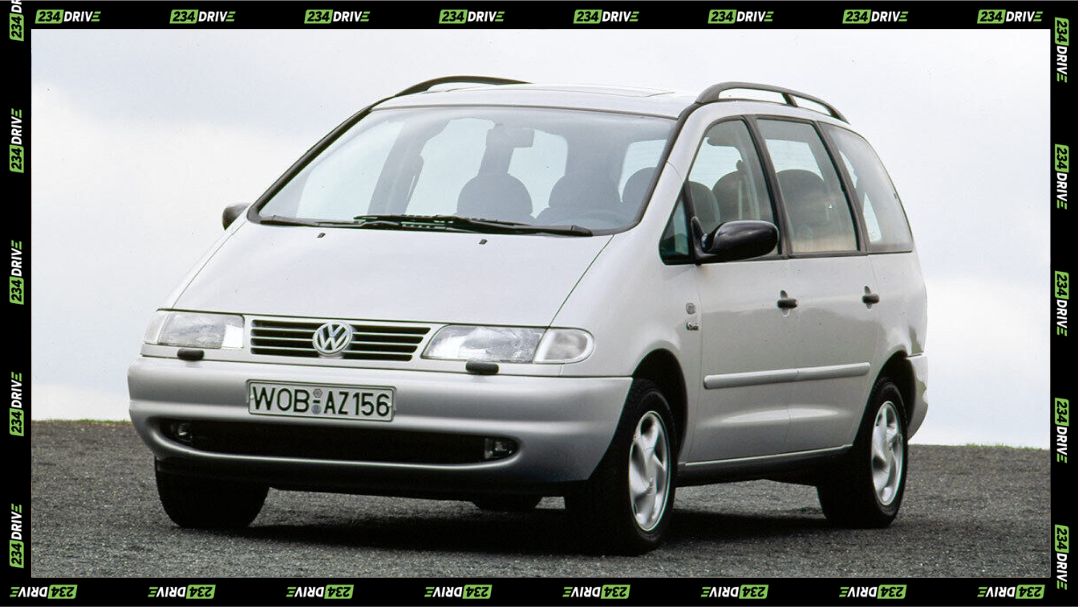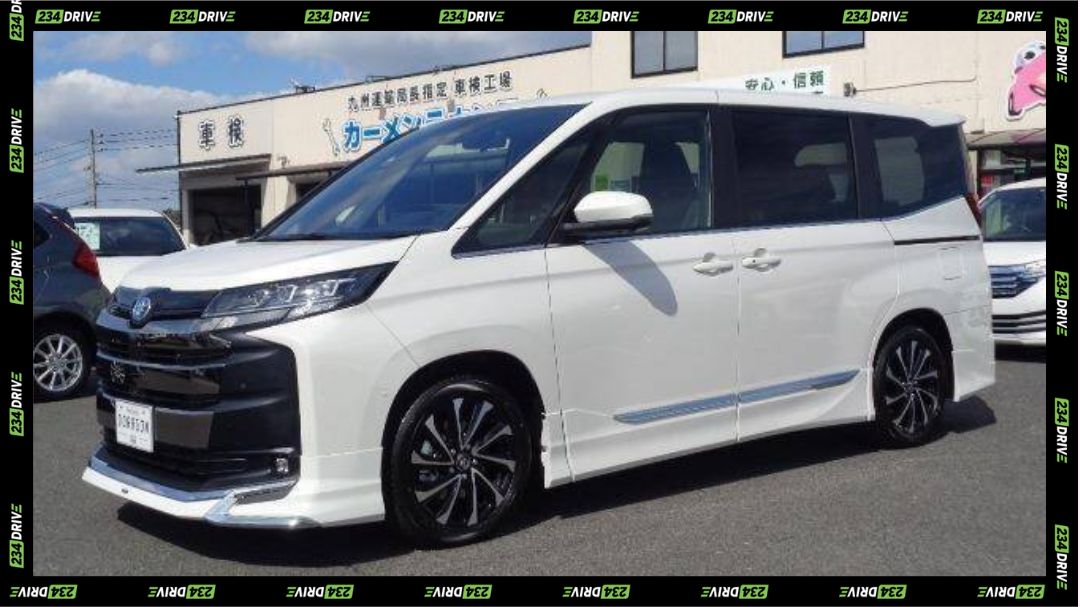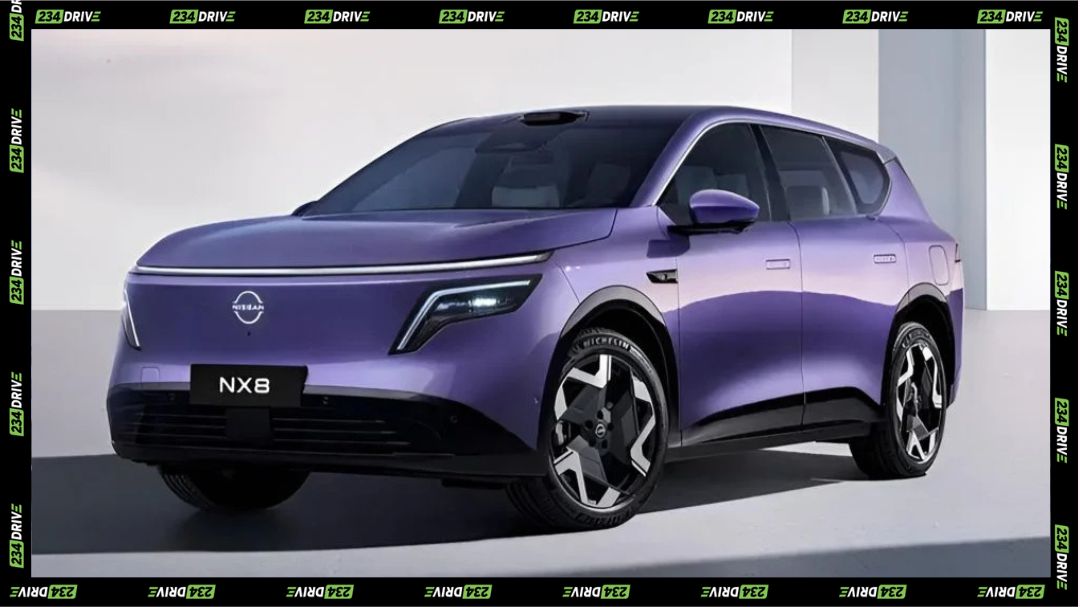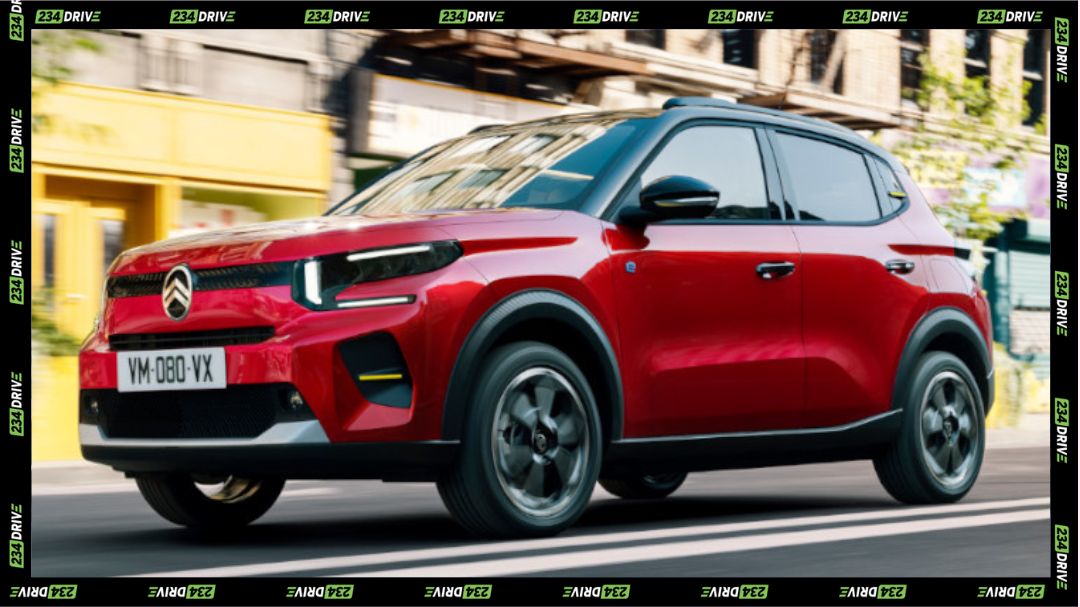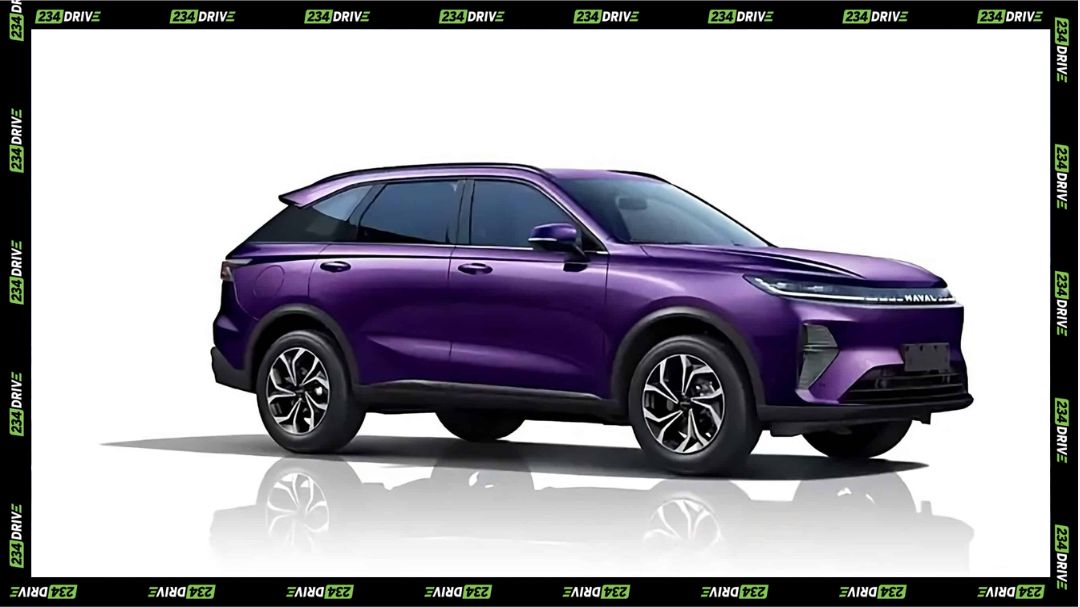Renault, the French automaker, just inked a major deal with the Moroccan government on 29th October, 2025, cementing its commitment to Africa’s electric and hybrid vehicle future. The agreement sets a bold roadmap through 2030, adding 7,500 jobs, launching a new R&D centre, and upgrading plants to roll out an entirely new line of electric vehicles. For a company already producing over 413,000 cars annually in Morocco—with 90% exported—this marks a transition from high-volume manufacturing to high-value innovation.
Signed in Rabat with Prime Minister Aziz Akhannouch, Renault Executive VP François Provost, and Industry Minister Ryad Mezzour in attendance, the deal strengthens an industrial partnership that began in 2021. The new phase includes a full pivot to hybrid and EV production, aligning with Renault’s global carbon-neutral strategy. Morocco, already home to two major Renault plants in Tangiers and Casablanca, now positions itself as Africa’s green mobility hub. The R&D centre, due by the end of 2025, will drive innovation in EV design and software, giving Moroccan engineers a direct role in developing sustainable tech for emerging markets.
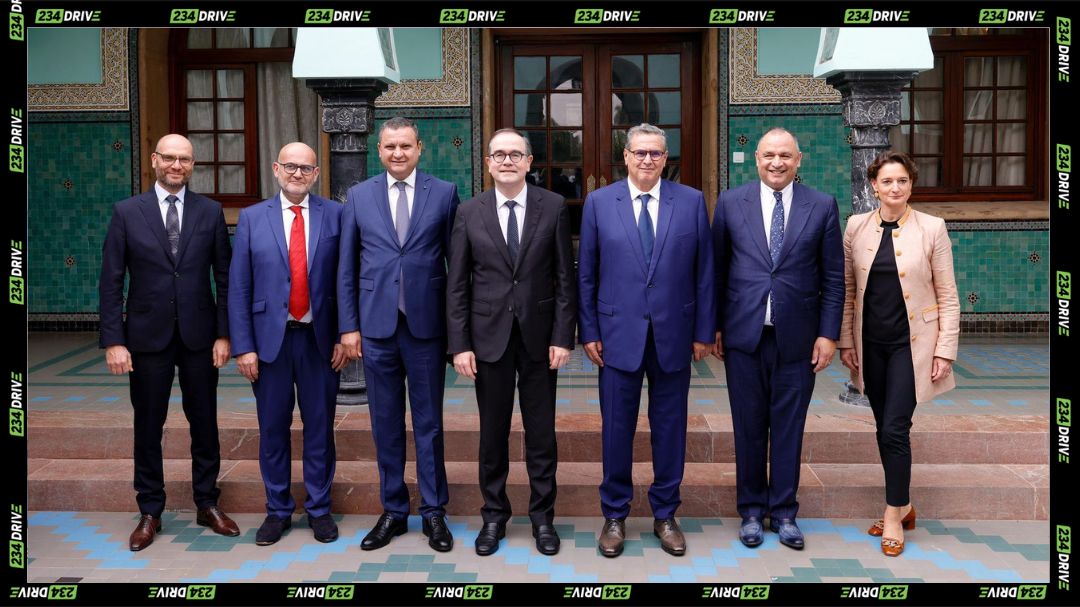
The impact stretches far beyond Morocco. Renault commands about 18% of Africa’s auto market, with active operations in Algeria, Egypt, South Africa, and Nigeria. The Nigerian angle is particularly key: Renault’s ongoing partnership with Coscharis Group—launched in 2019—already assembles Logan and Duster models in Lagos. With this new Morocco investment, the supply of hybrid and electric platforms could soon reach Nigeria faster and cheaper, easing local dependence on imported used cars. Rising petrol prices and unstable energy supply have made Nigerians more open to fuel-efficient and hybrid options, and Renault’s EV expansion could offer exactly that.
Morocco’s automotive rise reflects a deliberate national strategy. With 60 global trade agreements, including with the EU and UK, the kingdom now stands as the largest car exporter in Africa. Its factories supply 68 countries, and with Stellantis and Renault leading local assembly, the shift toward electrification was inevitable. The government’s goal—to transform Morocco into a clean mobility hub by 2030—aligns with Renault’s need to diversify beyond Europe’s slowing car market. The Tangiers plant alone has crossed one million units since opening, and new hybrid lines began rolling in 2024.
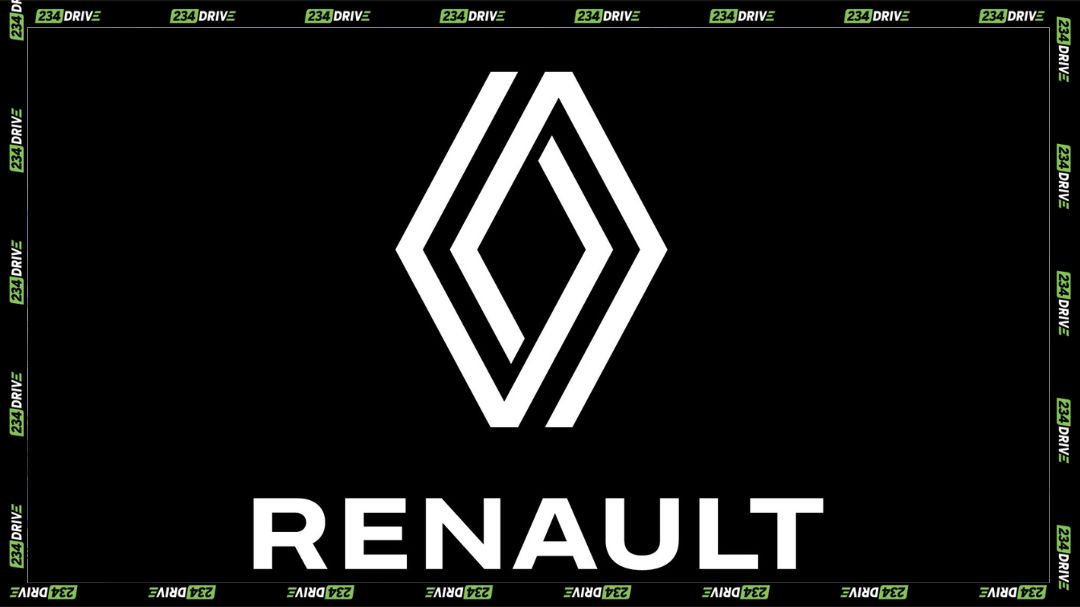
Renault’s investment also mirrors a wider continental shift. The African Continental Free Trade Area (ACFTA) could unlock freer flow of parts and vehicles across borders, allowing Moroccan-built EVs to enter sub-Saharan markets without heavy import duties. That means Nigeria could receive Moroccan-assembled vehicles under favourable trade terms, improving affordability and local assembly viability. The broader implication is an emerging pan-African EV ecosystem—Morocco supplies, Nigeria assembles, and other nations distribute.
Challenges remain. Africa’s charging infrastructure lags behind, and financing for new cars remains tough—interest rates in some regions hit 25–30%. Yet Renault’s strategy looks long-term. The company plans to integrate mobile finance tools like M-Pesa and Orange Money to enable instalment-based EV purchases across its African markets. It’s a clever way to bridge access and affordability.
This move isn’t just about factories; it’s about people. The R&D and engineering facilities will empower thousands of Moroccan engineers and technicians to develop and test hybrid systems locally. That experience could spill over into Nigeria’s assembly ecosystem through training and technology transfer. As Africa’s middle class swells—from 350 million today to an expected 1.3 billion by 2060—the demand for new, efficient, and cleaner vehicles will explode. Renault seems ready to meet it.
In an era where Europe faces EV oversupply and sluggish sales, Africa’s industrial growth offers Renault both purpose and profit. Morocco’s electrification strategy gives the brand a stable base to serve the continent, while Nigeria stands to benefit from cheaper, tech-enabled imports and jobs in assembly. The big question now—will African governments move fast enough to build the infrastructure that makes EV adoption truly scalable?



